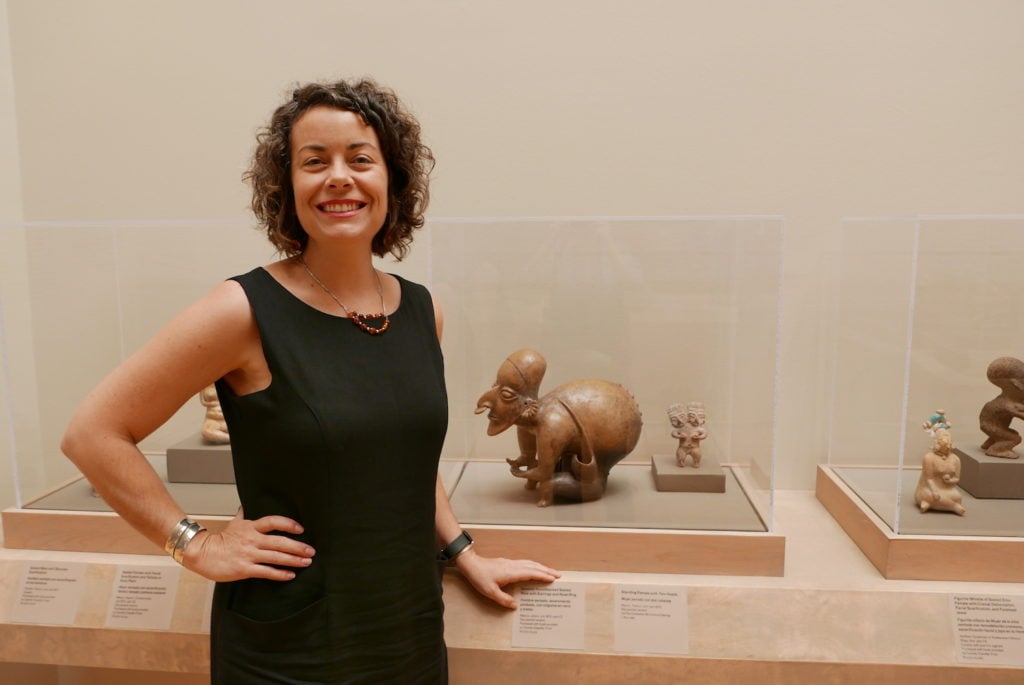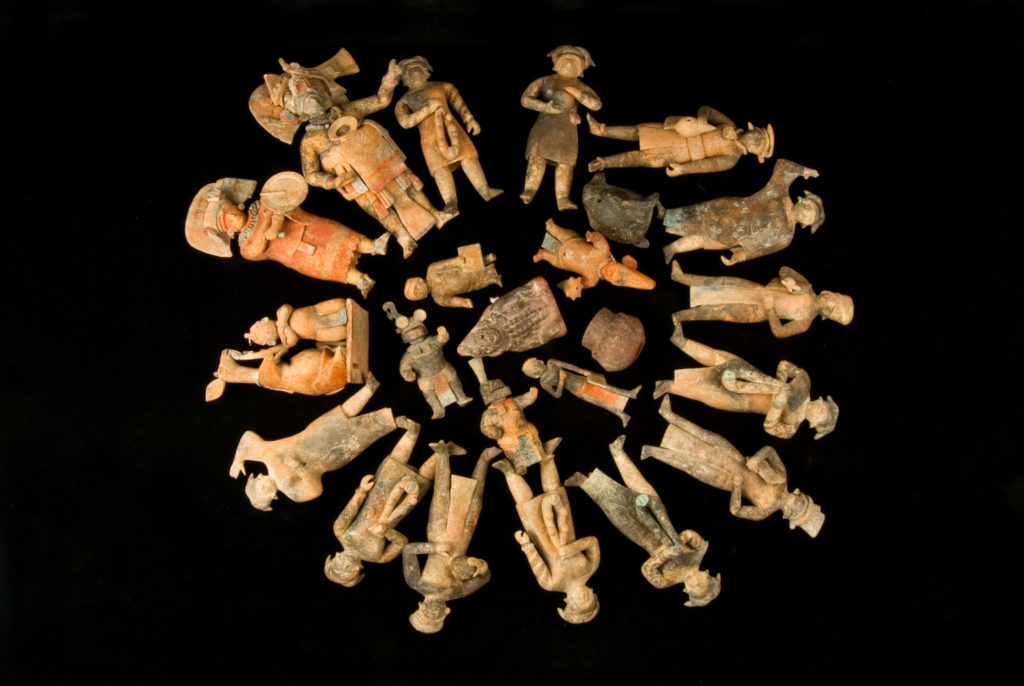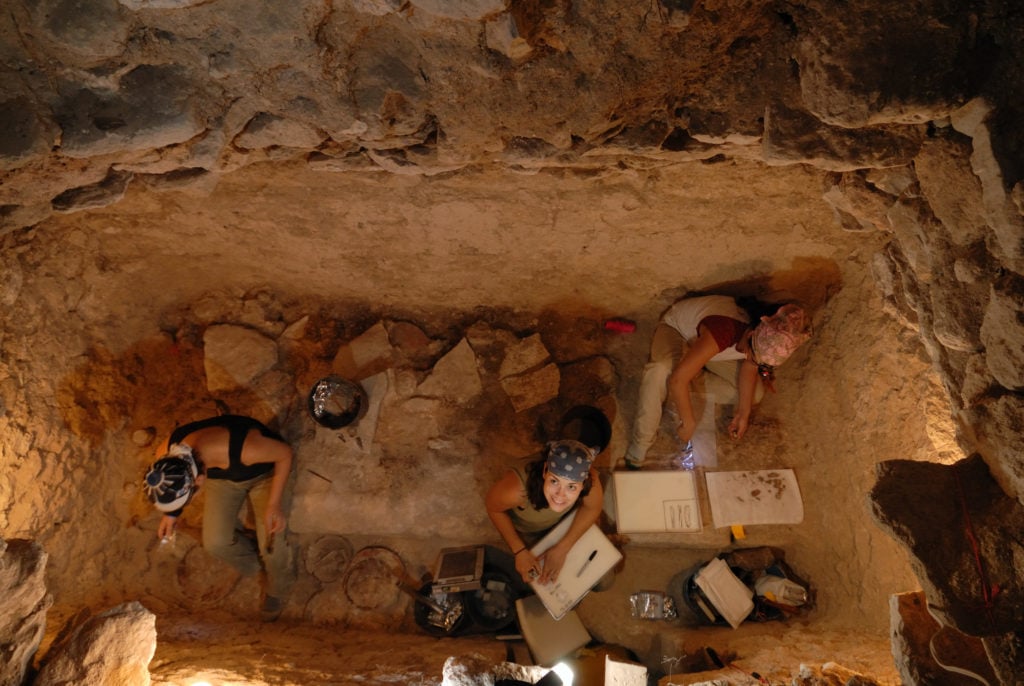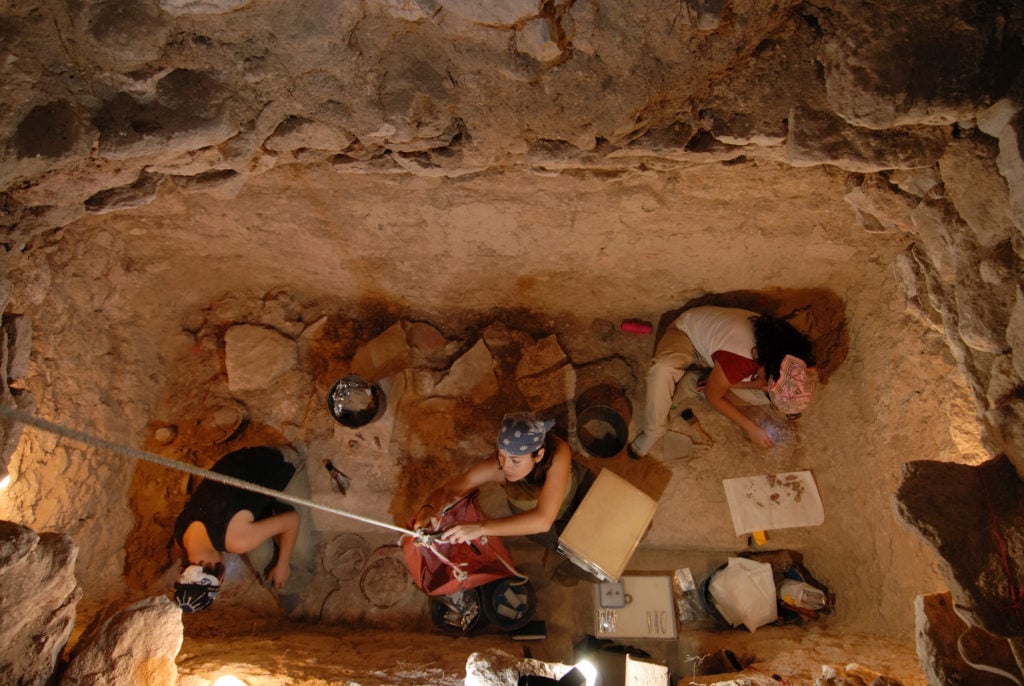Art World
How I Got My Art Job: Archaeologist Michelle Rich on What Brought Her From the Guatemalan Jungle to LACMA
In the first installment of a new series on art careers, a longtime archaeologist describes landing her first curatorial position.

In the first installment of a new series on art careers, a longtime archaeologist describes landing her first curatorial position.

Sarah Cascone

From fabricators to mummy conservators to private collection managers, the art world is full of fascinating jobs you may not have realized even existed. In artnet News’s new column “My Art Job,” we delve into these enviable art-world occupations, asking insiders to share their career path and advice for others who wish to follow in their footsteps.
To kick off our inaugural edition, we spoke with Michelle Rich, a Mellon postdoctoral curatorial fellow in the Art of the Ancient Americas at the Los Angeles County Museum of Art (LACMA). Her two-year term at LACMA concludes this month, and she will begin a new post-doc position at the San Antonio Museum of Art.
Education: I have an undergraduate degree from the University of Minnesota and a PhD from SMU in Dallas, both in anthropology with an archaeology focus. I’ve been doing fieldwork in the ancient Maya area, which comprises Guatemala, parts of Mexico, Belize, parts of El Salvador, and Honduras, since 1993.
How I got the job I have now: My position at LACMA is a two-year postdoctoral curatorial fellowship that’s funded by the Mellon Foundation, and I applied for the job in the summer of 2015. Due to my background in archaeology, specifically in elite contexts in which we tend to discover the kind of fine, artful objects that we like to see in museums, it was a good fit.
What makes my job unique: I think what’s interesting about this position is that I’m probably the only person in this whole museum who has spent two years of her life living in a tent in the middle of the jungle. I don’t have an art history background. I have an iconography background, so what I do is vastly different from most of the other curators who I work with.
My most memorable archaeological discovery: The prime example is a narrative scene composed of 23 ceramic figurines that I found in an ancient Maya royal tomb chamber at the site of El Perú-Waka’, Guatemala, in the course of my excavations in 2006. I was doing dissertation research on the large pyramids at the site as a member of the El Perú-Waka’ Regional Archaeological Project, where I am still an assistant director.

Maya ritual resurrection scene composed of 23 figurines representing royal court and supernatural characters, El Perú-Waka’, Petén, Guatemala, 600-650 CE, Maya, Slip-painted ceramic with post-fire paint, Museo Nacional de Arqueología y Etnología, Guatemala, Guatemala City, Photo © Ricky Lopez.
These figurines represent an ancient Maya royal court conducting a resurrection ritual for a deceased king, and were arranged in the tomb chamber by mourners in a very specific way. Finding them archaeologically has been a key element in our understanding of the snapshot in time that they convey.
Now, they’re on loan with us here at LACMA from Guatemala’s Museo Nacional de Arqueología y Etnología. They are included in “Ancient Bodies: Archaeological Perspectives on Mesoamerican Figurines,” an exhibition that I curated in the Art of the Ancient Americas department.
How I got my start: It’s been a process over the years, slowly finishing my undergraduate degree and working in the development office at the Minnesota History Center in St. Paul, Minnesota, from 1997 to 2000. That was before I went to grad school, and it was really one of the first opportunities that I had to see how I could impact people’s lives as a museum employee.

Excavation of Burial 39 at El Perú-Waka’, Petén, Guatemala, Left to right: Jennifer Piehl, Michelle Rich, and Varinia Matute, Photo © Kenneth Garrett
A particularly rewarding part of my career: I started working with a team of other young graduate students at El Perú-Waka’ in 2001. It’s been a long time. The bigger, more well-known archaeology sites have perpetual field work going on, but our project is pretty rare in that most of us have weathered a number of years together, finishing PhDs and starting new jobs, while still being able to conduct research at the site with our Guatemalan colleagues.
What keeps me motivated: I have enjoyed being in a museum setting surrounded by objects from the ancient Americas that I recognize from an archaeological context. When you have these very beautiful, finely made figurines, ceramic vessels, or jade objects, for instance, they are usually from tomb contexts.
Many pieces in museum collections weren’t scientifically excavated. They came to museums across the world through the art market, so a part of their story is missing. It’s a shame that their archaeological provenience is not available to us. It’s our responsibility as curators to do our best to bring meaning to these works, whether that’s through collaboration with conservation labs in conducting technical analyses, or through creative installations in gallery settings.
My most influential mentor: The obvious choice is my graduate advisor, Maya archaeologist David Freidel. He’s been instrumental in bringing interpretations of the Maya to the broader public. Working with him made me aware of the need to reach beyond my academic colleagues and bring what I know to a wider audience.

Excavation of Burial 39 at El Perú-Waka’, Petén, Guatemala, Left to right: Jennifer Piehl, Michelle Rich, and Varinia Matute, Photo © Kenneth Garrett.
Advice for aspiring archaeologists: There are a lot of complicated ethical challenges in dealing with art of the ancient Americas in a museum setting. In order to tackle those successfully, transparency is the best policy.
One thing I wish I could tell my 22-year-old self: To be more patient—and not so presumptuous about my career path! Before I met David, I was very narrowly envisioning an academic position at a university, so this is, in a sense, very different than what I imagined I would be doing.